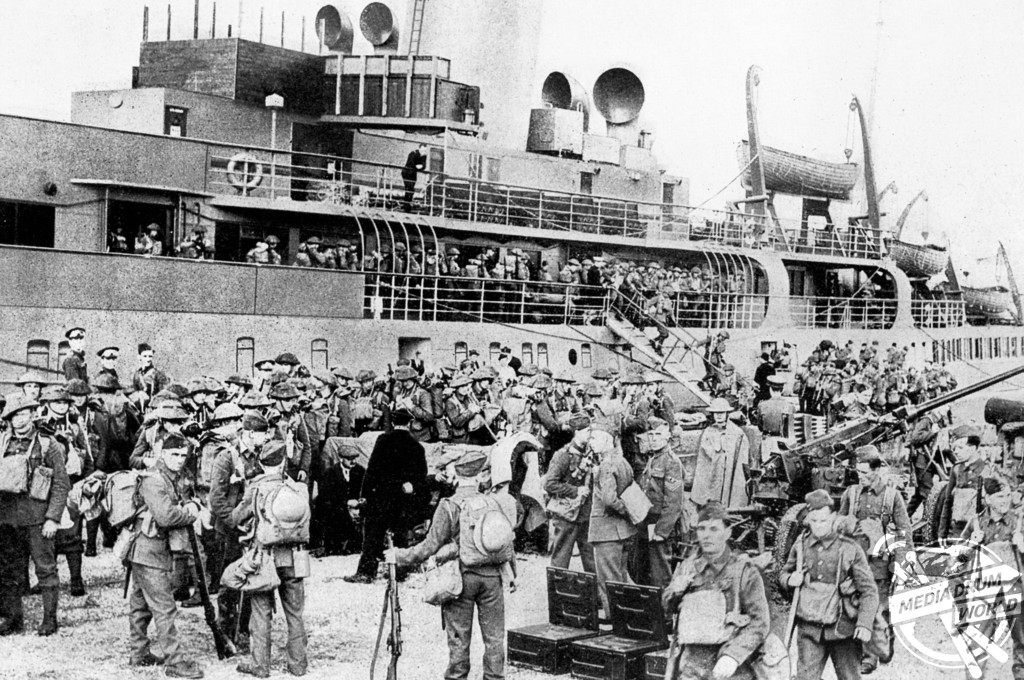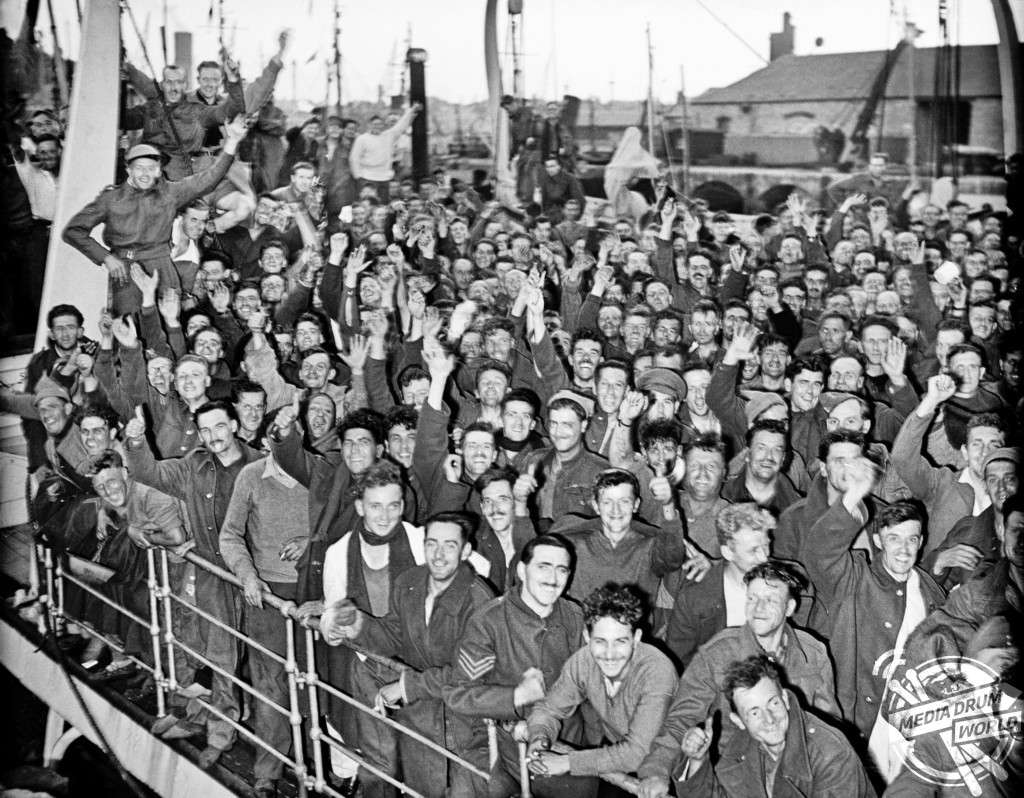By Tom Dare
INCREDIBLE PHOTOS showing the real evacuation of Dunkirk have been published in a new book chronicling the daring rescue.
Images from new release Dunkirk: The Real Story in Photographs by Tim Lynch show British Tommy’s wading through the waters on the beach of Dunkirk to reach rescue ships, while another shows stretcher-bearers carrying the wounded back to shore after successfully returning from France.
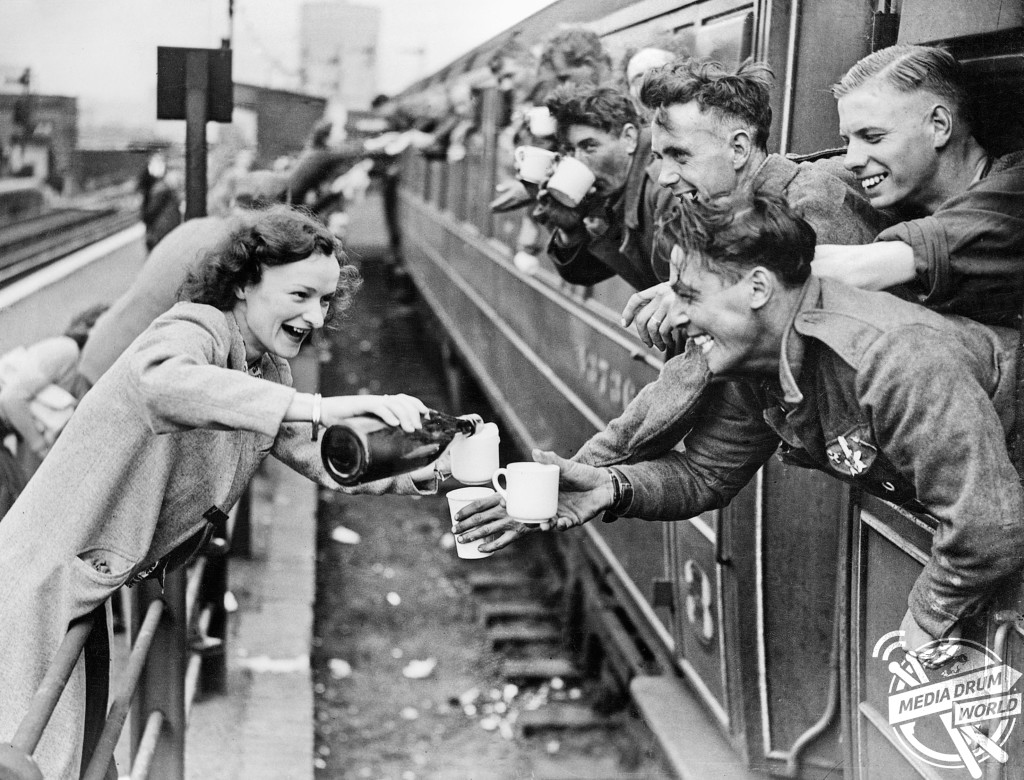
Further pictures show soldiers smiling and laughing as jubilant crowds handed out drinks upon their return from France, despite them being part of one of the greatest British military defeats in history.
But the situation looked far worse for the Allies in May 1940. After Germany invaded Poland in September 1939, Britain sent significant numbers of men to the continent, with commanders expecting a long drawn out conflict similar to the trench warfare of the First World War.
But Germany had other plans, and on May 10 1940, after months of stand-offs between the two forces, Germany invaded Belgium, taking the allies by surprise and quickly capturing key strategic positions which allowed German forces to “pour into Belgium.”
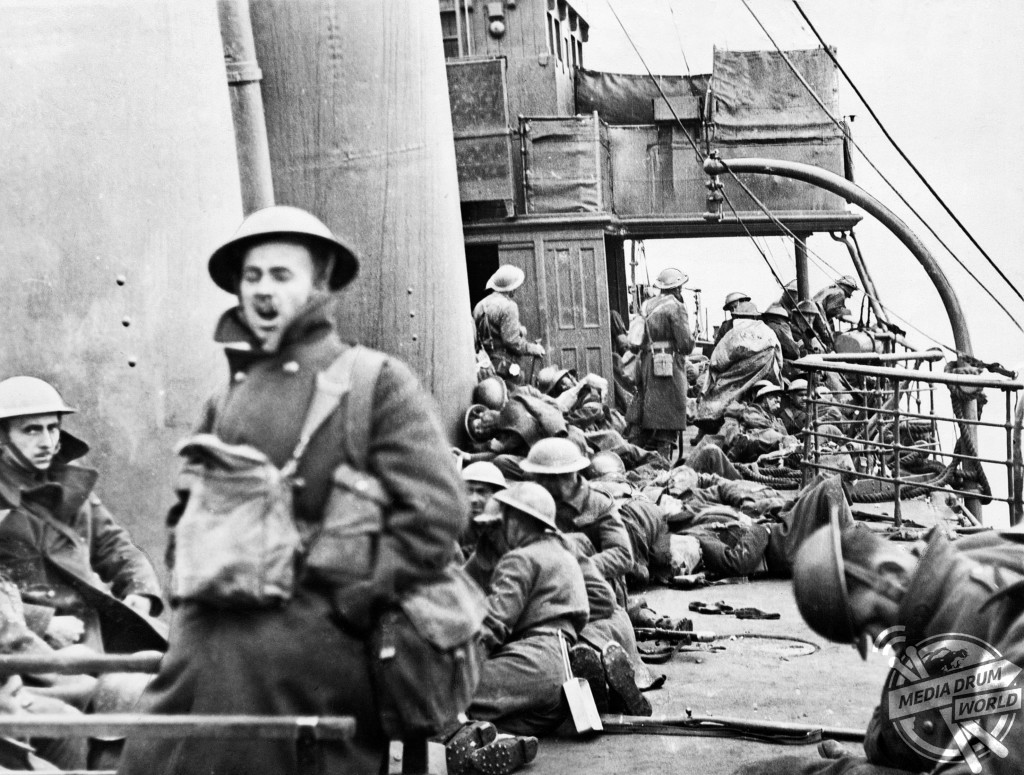
“The German attack came at the worst possible time for the British,” Lynch states in the book, arguing that the Allies were ill-prepared and quickly forced onto the back foot.
“Then, almost as soon as the Allies were in place, the second phase of the German plan began as another invasion tore through the Ardennes, a region dismissed by the Allies as unsuitable for tanks and armoured vehicles.”
Thinking the forest was too thick and dense for any meaningful advance, the allies had left this part of their line woefully under-defended, something the Germans took full advantage of. In just 11 days, Germany had smashed through the allied lines and surrounded the British Expeditionary Forces, forcing a humiliating retreat to the one remaining available port; Dunkirk.
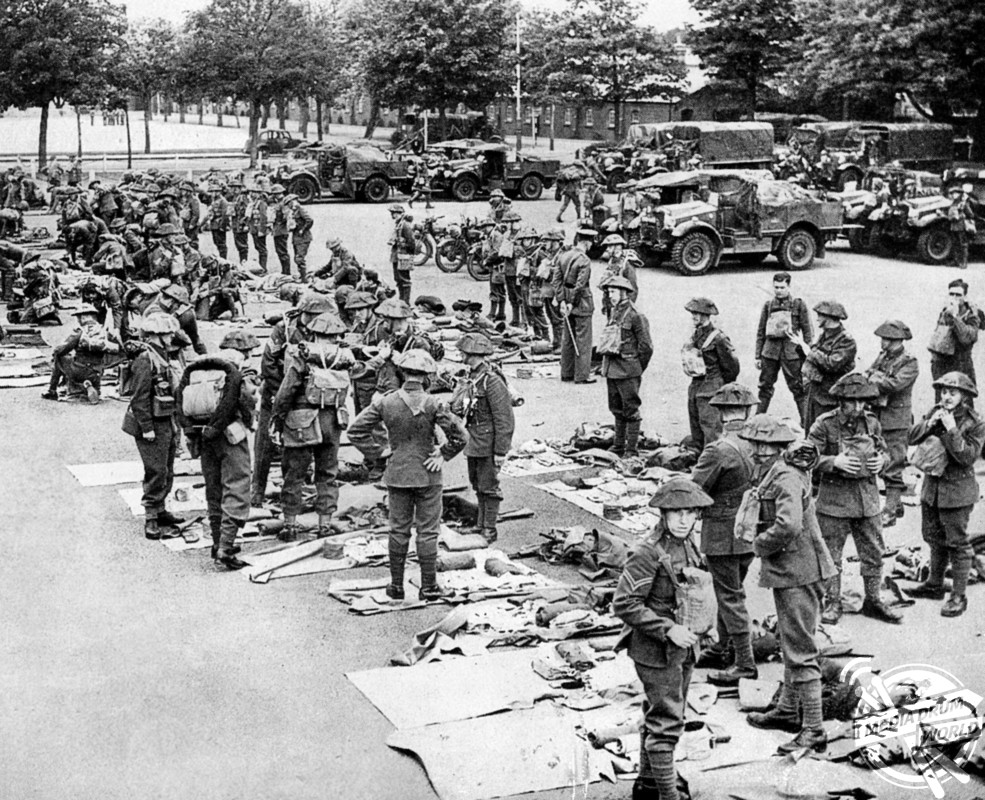
All in all, there were approximately 400,000 men on the beaches of Dunkirk, and should the Germans have continued their advance the vast majority of these would have been wiped out. However the Germans halted their advance on May 24, giving the allies time to regroup and make plans for the evacuation of the port.
This began on May 27, with a series of both Royal Navy and civilian ships ferrying soldiers back across the English Channel to Britain. On the first day of the evacuation, under heavy attacks from both the air and sea, approximately 7,669 men were evacuated. This increased on a daily basis, peaking at a remarkable 68,000 men on May 31.
By the last day of the evacuation, Lynch writes, “over 300,000 men were evacuated, while 40,000 brave rear-guard troops lost their lives or their freedom for the good of their allies.”
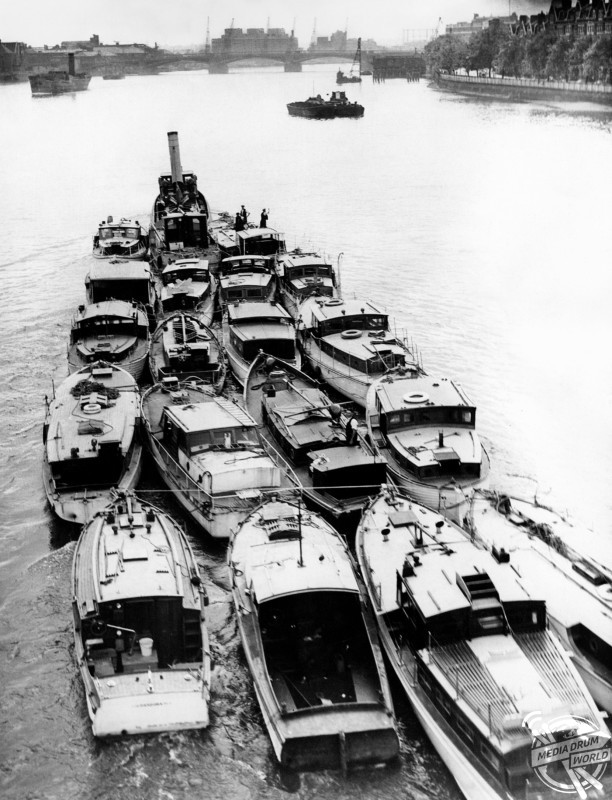
The evacuation, which has recently been made into a Hollywood film starring Tom Hardy, was hailed by then-Prime Minister Winston Churchill as a “miracle of deliverance,” in parliament, and prompted his famous “we will fight them on the beaches,” speech.
Dunkirk: The Real Story in Photographs by Tim Lynch is available now on Amazon here: https://www.amazon.co.uk/Dunkirk-Story-Photographs-Tim-Lynch/dp/075098273X%3FSubscriptionId%3DAKIAIS6NNHZQ3DZSMY7Q%26tag%3Dwwwthehisto0b-21%26linkCode%3Dxm2%26camp%3D2025%26creative%3D165953%26creativeASIN%3D075098273X
